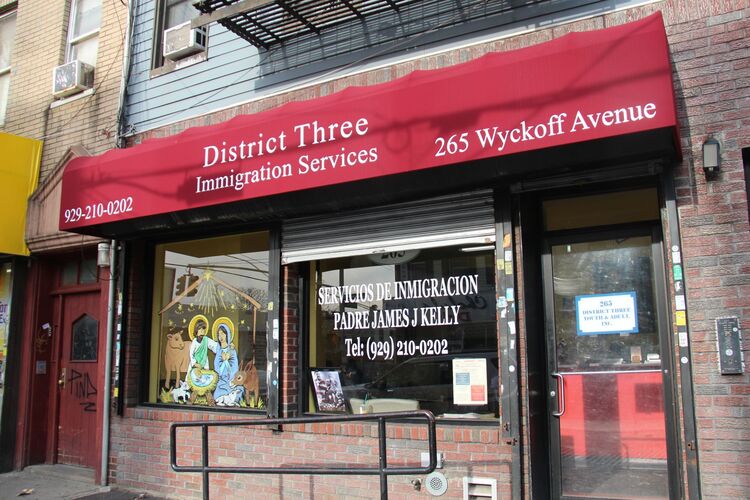The global recovery from the ravages of the "Great Recession" has been excruciatingly slow by all measures. Two steps forward has always been followed by one step back.
The debt crisis in Europe is in its third year and counting, yet each bit of economic news,whether from Europe, America, or Asia, ripples through the global economic landscape with reckless abandon.
In today's modern era of globalization, our domestic economies are inextricably tied by interdependencies and relationships that have taken decades, sometimes centuries, to evolve. Our financial markets reflect this "interconnectedness" on a daily basis by various correlations that appear to guide pricing behavior by the infamous "hidden hand" of the market.
[caption id="attachment_73104" align="alignright" width="220"]
As Europe slides once again into recession and all other markets adjust accordingly, analysts the world over attempt to discern the consequences that might befall their respective areas of the world. Europe is the largest trading partner of the United States, for example, accounting for roughly 25 percent of its global trade. Small declines in demand from Europe can translate into material reductions in GDP growth estimates on both shores.
How did these various "interdependencies" develop over time? Reviewing the historical record is often a fascinating read that can provide valuable insights related to today's international trading relationships.
One case in point is the long-term "connection" between Ireland and the United States. Economic ties between the two countries have origins that date back to the 1800s and before due to mass migrations brought on by poor weather and economic conditions in the homeland.
The "colonies" at the time were not the most hospitable living arrangements that could be had. Rugged individualists and people looking for a better life were the primary ones taking the big leap of faith to migrate to a foreign land.
The 1800s, however, were the final few years of what has been termed the "Small Ice Age". There are many theories as to the reasons for the "global cooling" that spanned nearly five hundred years, but, suffice it to say, winters were more brutal and food production was severely impacted, creating widespread famine and civil unrest.
To protect their farmers from foreign competition, the British government introduced a series of "Corn Laws," designed to block wheat imports and keep prices high for grain. Due to the extraordinary high prices for bread, nearly four million poor people in Ireland lived almost exclusively on potatoes, which they grew and which had come to Europe by way of South America.
The variety grown in Ireland, however, was of poor quality. Colder weather conditions turned this strain into a black mush, destroying about 75 percent of the local potato crop in its wake.
People starved, as famine swept the Irish countryside. It is estimated that over one million Irish died. The potato crop did recover, but large-scale emigration to America had already begun. By 1861, nearly two million Irish had said goodbye to their homeland and ventured across the Atlantic with many other similarly impacted Europeans from other cold northern states. These emigrants left in hope of better livelihoods, and with a great deal of ill will towards the British.
Today, according to the latest census figures, over 36 million people, or nearly 12 percent of the population of the United States, claim to have ancestral ties back to Ireland - more than six times the modern population of the island itself.
Trade relationships are based on trust, especially when dealing across an ocean and national boundaries. From an historical perspective, it is no wonder that the United States and Ireland have economic ties that are more solid than most of their counterparts.
Tom Cleveland is an investment analyst for forextraders.com and has accumulated over 30 years of experience in the international payments industry. Before pursuing a career at Visa, Cleveland did graduate work in Finance at Georgia State University and earned an engineering degree from Georgia Institute of Technology.







